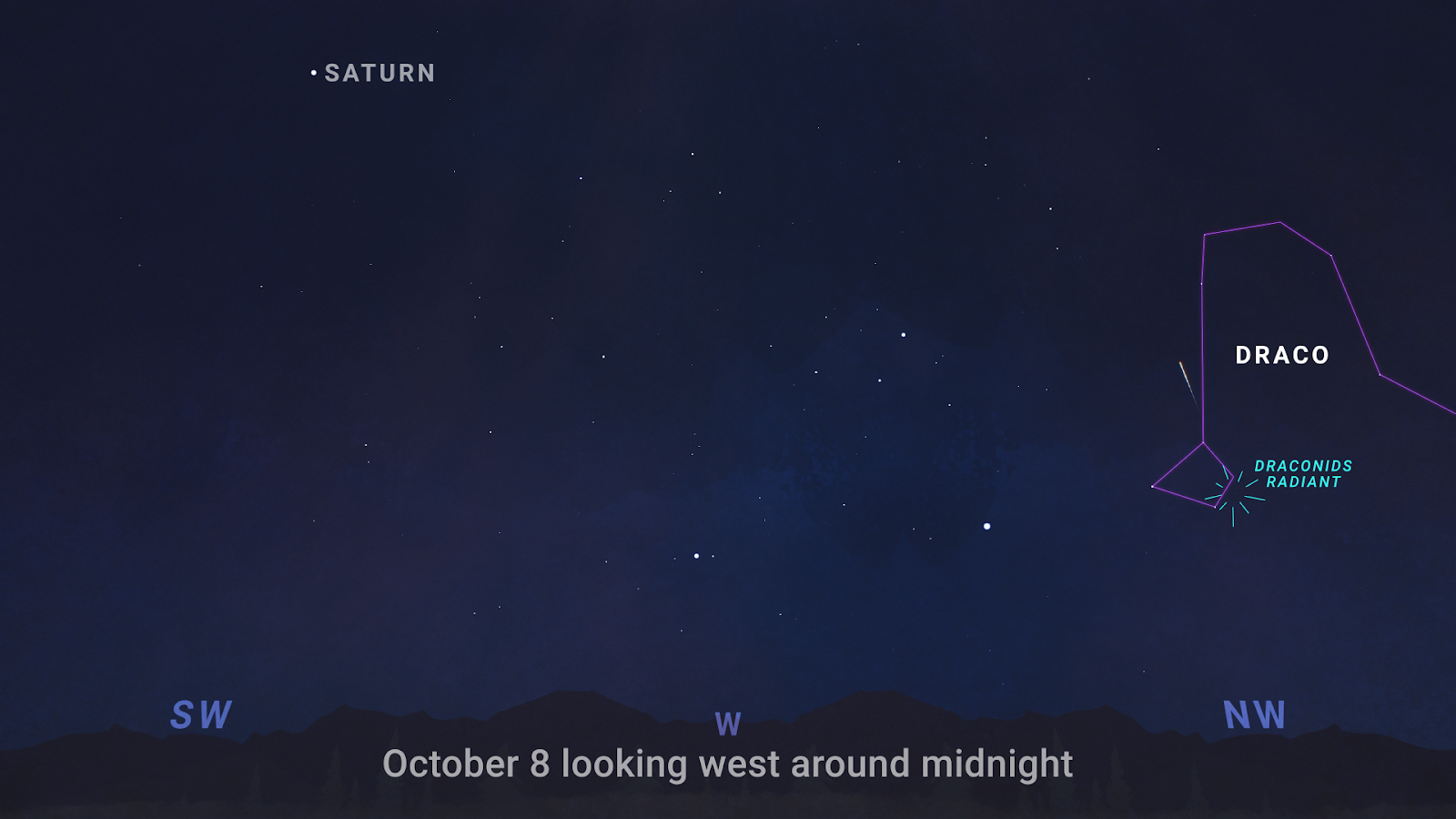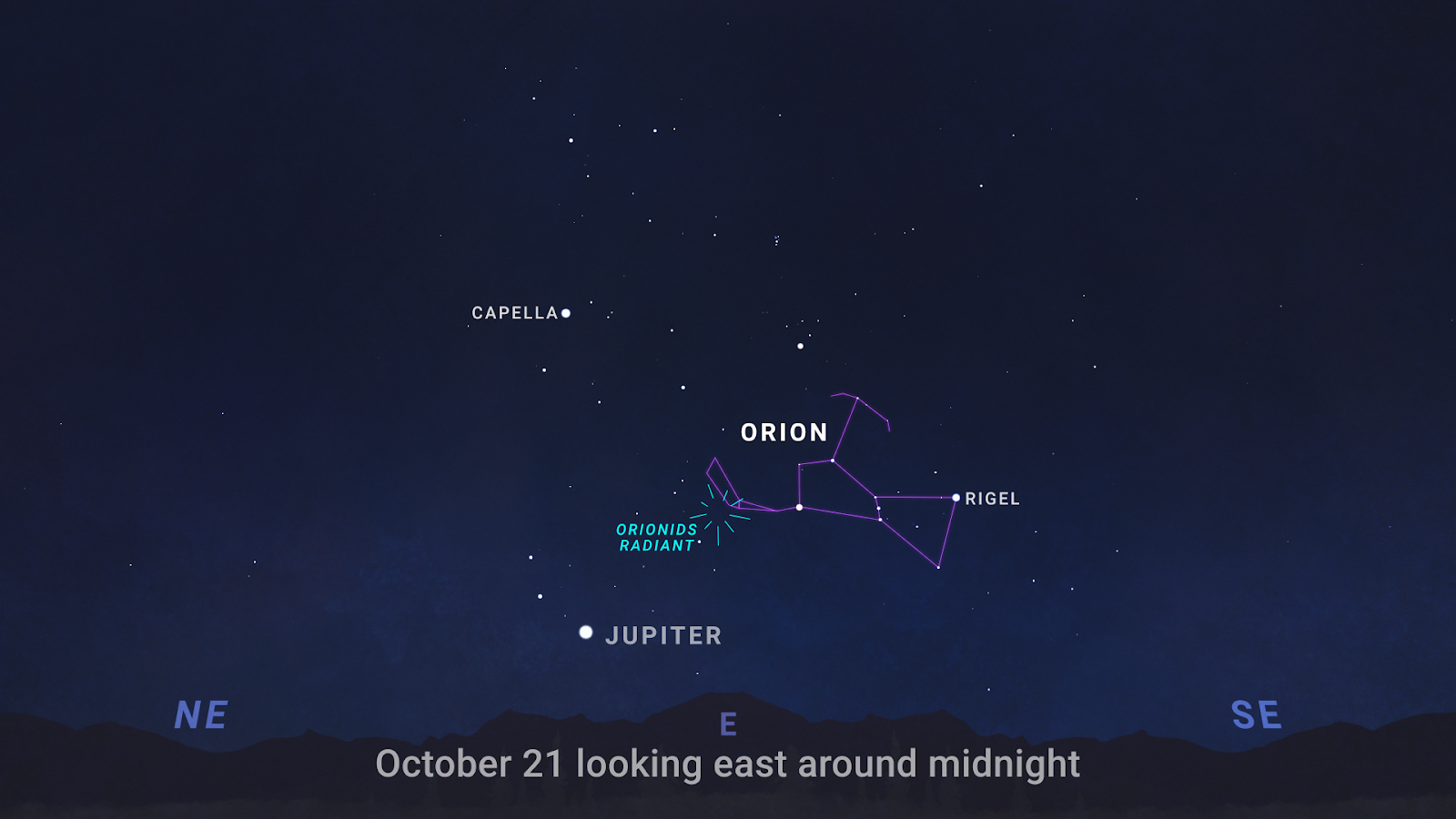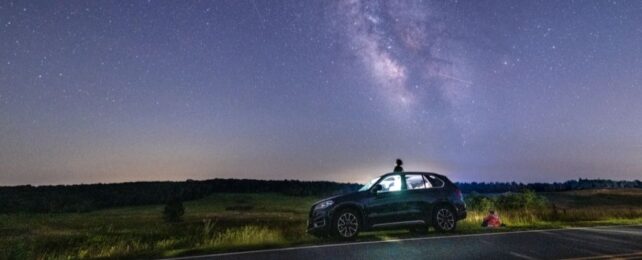Look up this month and you might be lucky enough to spot some of our sky's best celestial wonders – including not one, but two meteor showers.
Draconids
Between October 6 and 10, dark-sky viewers may be lucky enough to catch the first of two meteor showers this month: the Draconids. This event is best viewed from the Northern Hemisphere, where the constellation Draco is most visible.
It's expected to peak at 19:00 UTC on October 8. The meteors whiz past this celestial dragon's head, and are highest in the sky during the evening hours, before midnight.
Related: We Finally Know How The Lights Switched on at The Dawn of Time
While the Draconids can sometimes be difficult to see – especially with a bright waning gibbous moon lighting up the sky, as we have on this occasion – there have been rare instances when many hundreds of meteors were seen within a single hour.
Find a viewing location far from any bright lights and shield your eyes from the moonlight to improve your chances of catching this dragon's stream of meteoric embers.

Orionids
On October 21, the peak of the Orionids meteor shower is expected to dazzle with up to 20 meteors per hour shooting across the sky, earning NASA's praise as "one of the most beautiful showers of the year".
These meteors are the debris from Halley's comet, and we see them in our skies as Earth travels through the comet's trail, our atmosphere burning up the shrapnel.
There are plenty of chances to spot the Orionids shower, which goes from September 26 to November 22, but the optimum time to catch some of these 'shooting stars' is when the sky is darkest. For the brightest light show, it's also best to get away from city and street lights, to allow your eyes to adjust.
The moonless sky on October 21, from around 00:00 UTC, will be prime viewing time. Under these conditions, we may even see the persistent, glowing 'trains' and bright fireballs the Orionids have been known to produce.

Northern and Southern Hemisphere stargazers can enjoy the Orionids, which often appear near the Orion constellation. If you're below the equator, try looking to the northeast sky; if you're above it, face east-southeast.
Happy stargazing!
